This is a bit of an American word – we tend to have caretakers over here. ‘Janitor’ has a less obvious backstory than caretaker though (because that’s presumably just ‘one who takes care of somewhere’ innit). ‘Janitor’ comes from the Latin word ‘janus’ (yes, it has ‘bum’ in it – no sniggering at the back please) which means ‘arch’ or ‘gate’. So in days of yore ‘janitor’ was used to describe someone who guarded, you’ve guessed it, an arch or gate (and any other kind of entrance – agin, no sniggering please). Here it is in action in Vanity Fair:
“At the expiration of that time, wheels were heard whirling up to the gate – the young janitor went out with his gate-keys. It was a lady whom he let in at the bailiff’s door.”
Janus is also the name of a Roman god (who’s starred in a previous word of the week – contronym), who was the doorkeeper/bouncer for heaven. He had two faces, which presumably made him very good at his job (as he could see people coming and going – although I can’t imagine many people were leaving…). I like to think he said things like ‘your name’s not down, you’re not coming in’ and ‘no shirt, no entry’.




















